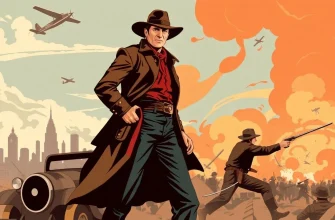There's something uniquely compelling about a crime film narrated by a voiceover. It's like having a secret confidant whispering the plot twists and turns directly into your ear. This selection of films not only delves into the gritty underworld of crime but also uses the voiceover to add layers of intrigue, character insight, and sometimes, a touch of irony. Whether it's the cool, detached narration of a seasoned criminal or the reflective musings of a detective, these films offer a rich tapestry of storytelling that's both engaging and enlightening. Here's our pick of the top 10 crime films where the voiceover isn't just a feature, it's a character in its own right.
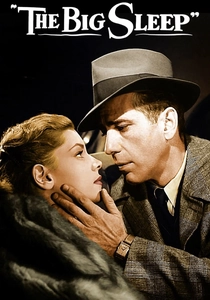
The Big Sleep (1946)
Description: Humphrey Bogart stars as Philip Marlowe in this classic noir, where his voiceover guides us through a labyrinthine plot involving blackmail, murder, and a complex web of deceit. The narration adds depth to Marlowe's character, making his internal monologue as intriguing as the external action.
Fact: The film was directed by Howard Hawks, and its screenplay was co-written by William Faulkner. Interestingly, even the director and actors were confused by the plot, leading to a famous line by Bogart: "I've got to find out what's going on here."
 Watch Now
Watch Now
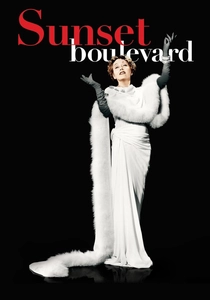
Sunset Boulevard (1950)
Description: This film noir masterpiece features William Holden as Joe Gillis, a struggling screenwriter, whose voiceover from beyond the grave sets the tone for a dark tale of faded Hollywood glamour and obsession. The narration provides a cynical, introspective look at the film industry.
Fact: Gloria Swanson, who plays Norma Desmond, was herself a silent film star, adding an extra layer of authenticity to her portrayal. The film was nominated for 11 Academy Awards, winning three.
 Watch Now
Watch Now
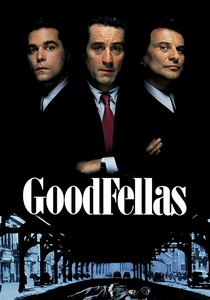
Goodfellas (1990)
Description: Martin Scorsese's iconic film uses Ray Liotta's voiceover to narrate the rise and fall of Henry Hill, offering a firsthand account of life in the mob. The narration is both informative and reflective, giving insight into the criminal lifestyle.
Fact: The film was based on the book "Wiseguy" by Nicholas Pileggi, who co-wrote the screenplay with Scorsese. The famous "Copacabana" tracking shot was done in one continuous take.
 Watch Now
Watch Now
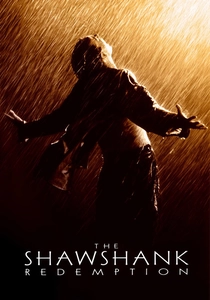
The Shawshank Redemption (1994)
Description: While not strictly a crime film, the story of Andy Dufresne's wrongful imprisonment and his friendship with Red, narrated by Morgan Freeman, captures the essence of crime, redemption, and the human spirit.
Fact: Despite its initial box office failure, it has become one of the most beloved films of all time, often topping IMDb's Top 250 list.
 Watch Now
Watch Now
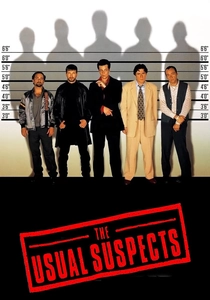
The Usual Suspects (1995)
Description: Kevin Spacey's voiceover as Verbal Kint is central to this twisty crime thriller, where the narration plays a crucial role in the unfolding mystery of Keyser Söze. It's a masterclass in misdirection and storytelling.
Fact: The film's ending has become one of the most famous plot twists in cinema history. The character of Keyser Söze was inspired by a real-life criminal.
 Watch Now
Watch Now
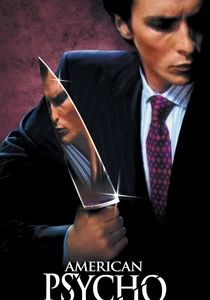
American Psycho (2000)
Description: Christian Bale's chilling performance as Patrick Bateman is enhanced by his voiceover, which reveals his inner thoughts and descent into madness. The narration provides a stark contrast to his outwardly perfect life.
Fact: The film was controversial upon release due to its graphic content, but it has since become a cult classic. Bret Easton Ellis, the novel's author, initially disowned the film but later praised Bale's performance.
 Watch Now
Watch Now
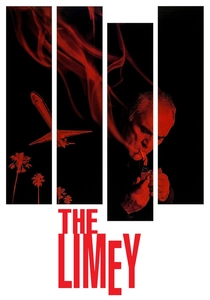
The Limey (1999)
Description: Terence Stamp's voiceover, often fragmented and out of sync with the visuals, adds to the disorienting, revenge-driven narrative of an ex-con seeking justice in Los Angeles.
Fact: The film's director, Steven Soderbergh, used a non-linear editing style to reflect the protagonist's fractured state of mind.
 Watch Now
Watch Now

The Thin Blue Line (1988)
Description: Errol Morris's documentary uses voiceover to explore the wrongful conviction of Randall Dale Adams, blending real-life crime with a narrative style that feels almost fictional.
Fact: The film's investigation led to Adams' release from prison, making it one of the few documentaries to directly impact a legal case.
 30 Days Free
30 Days Free
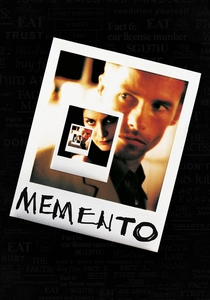
Memento (2000)
Description: Guy Pearce's character, Leonard, uses voiceover to piece together his fragmented memory, making the audience as disoriented as he is. The film's structure, with its reverse chronology, relies heavily on this narration.
Fact: The film was shot in two separate sequences: one in color and one in black and white, which were then intercut to create the unique narrative structure.
 30 Days Free
30 Days Free
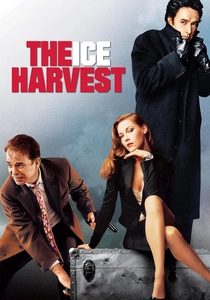
The Ice Harvest (2005)
Description: John Cusack's voiceover adds a layer of dark humor to this tale of a mob lawyer's botched Christmas Eve heist. The narration reflects his character's cynical outlook on life and crime.
Fact: The film was based on a novel by Scott Phillips and was originally set to be released in 2004 but was delayed due to the bankruptcy of Focus Features.
 30 Days Free
30 Days Free









